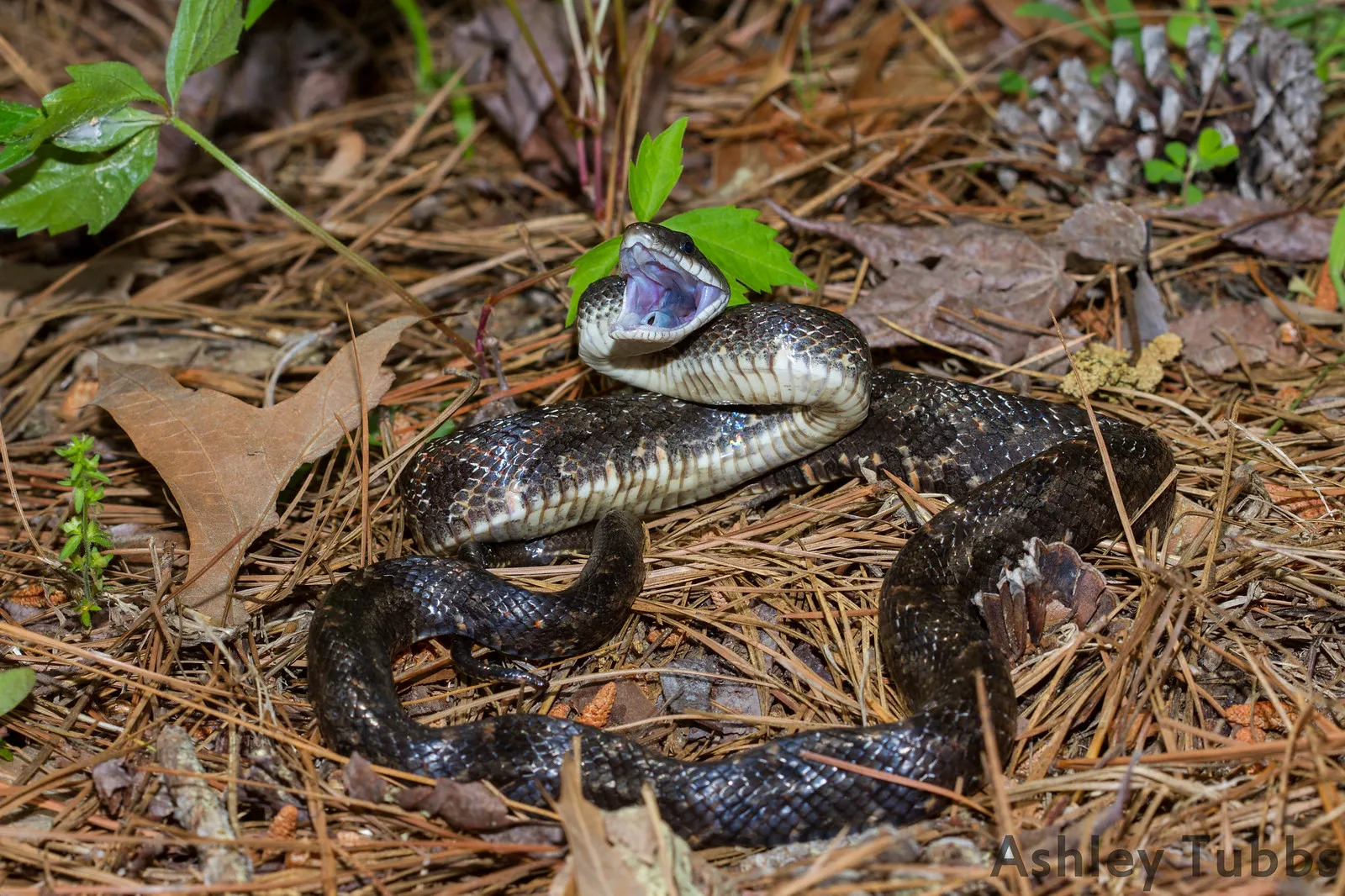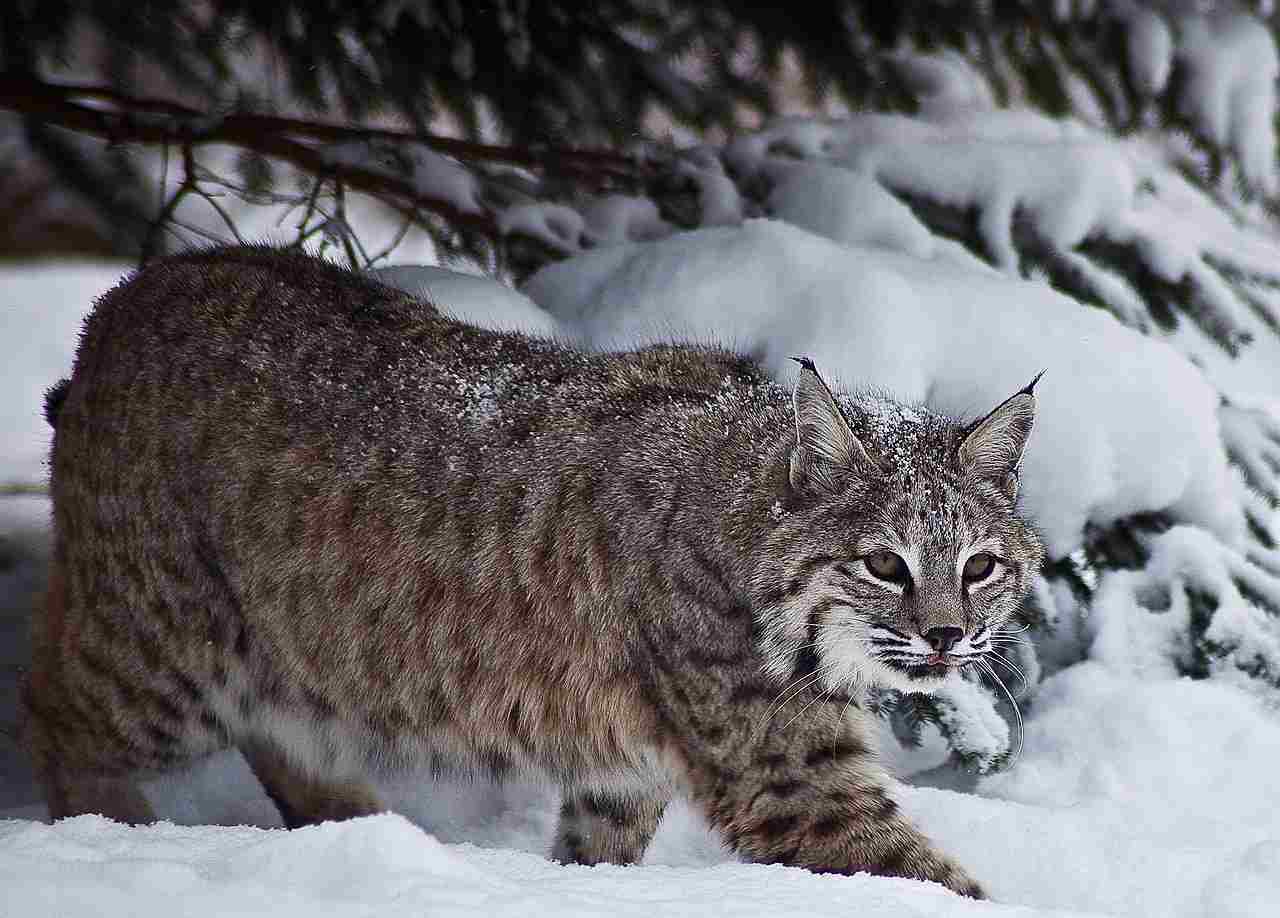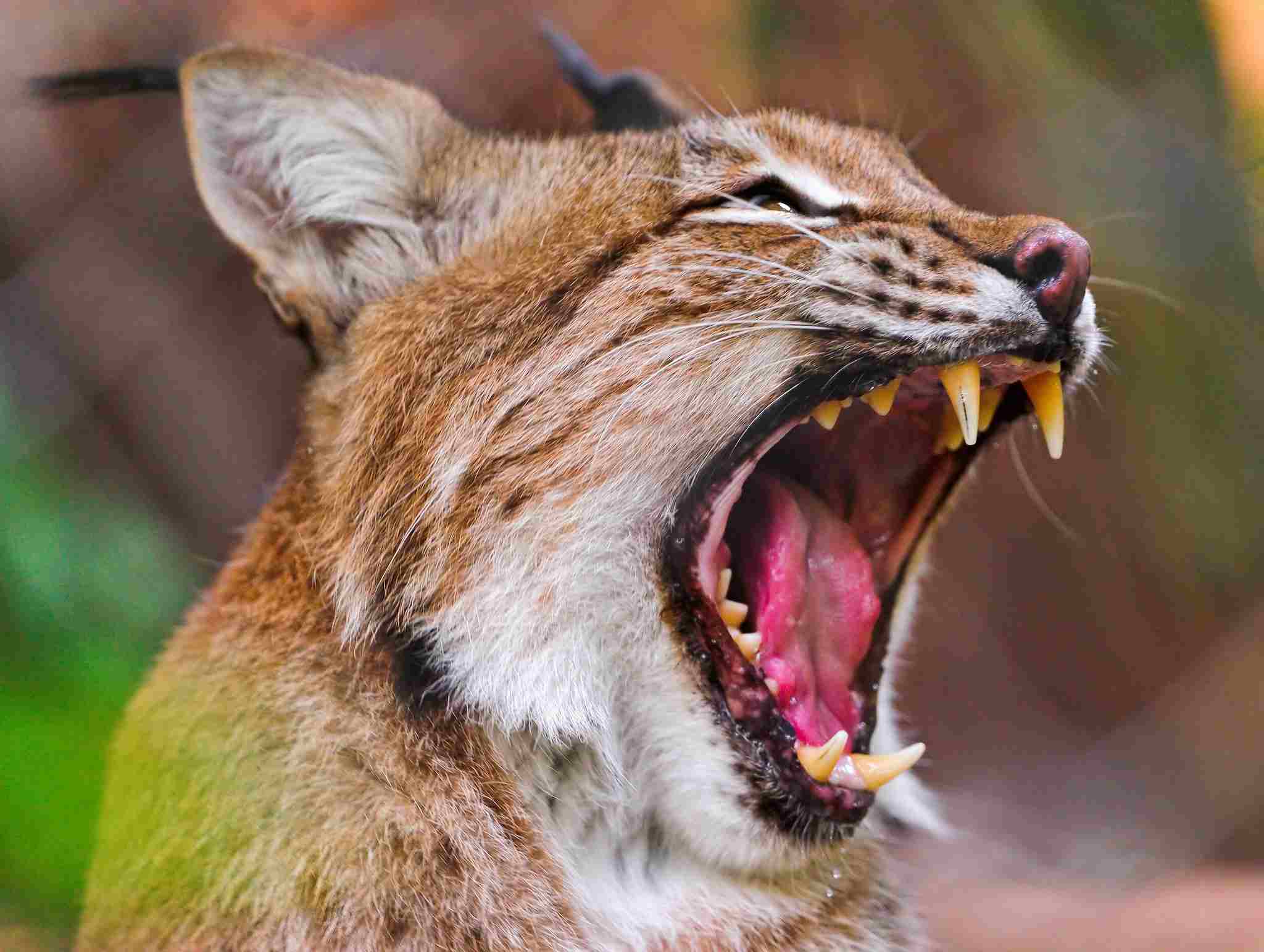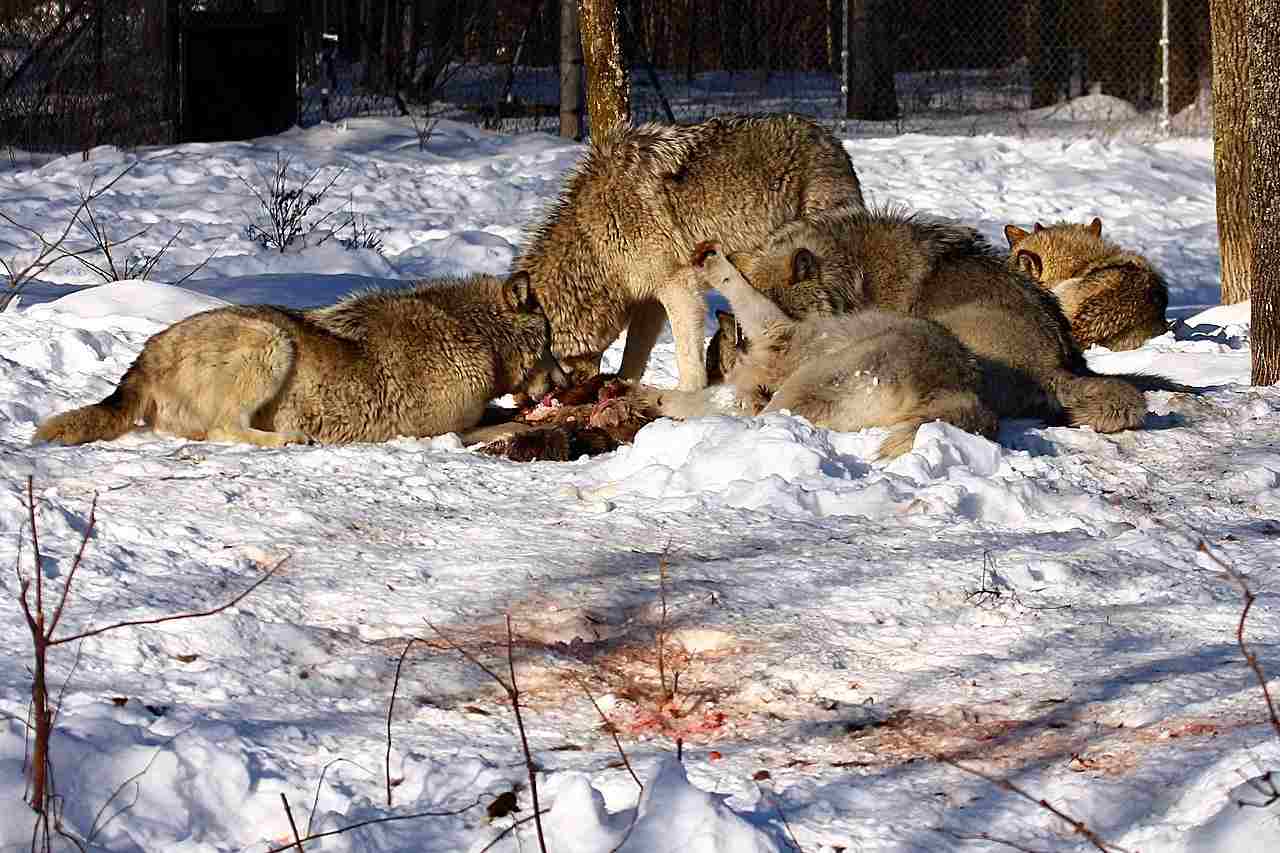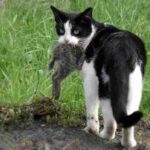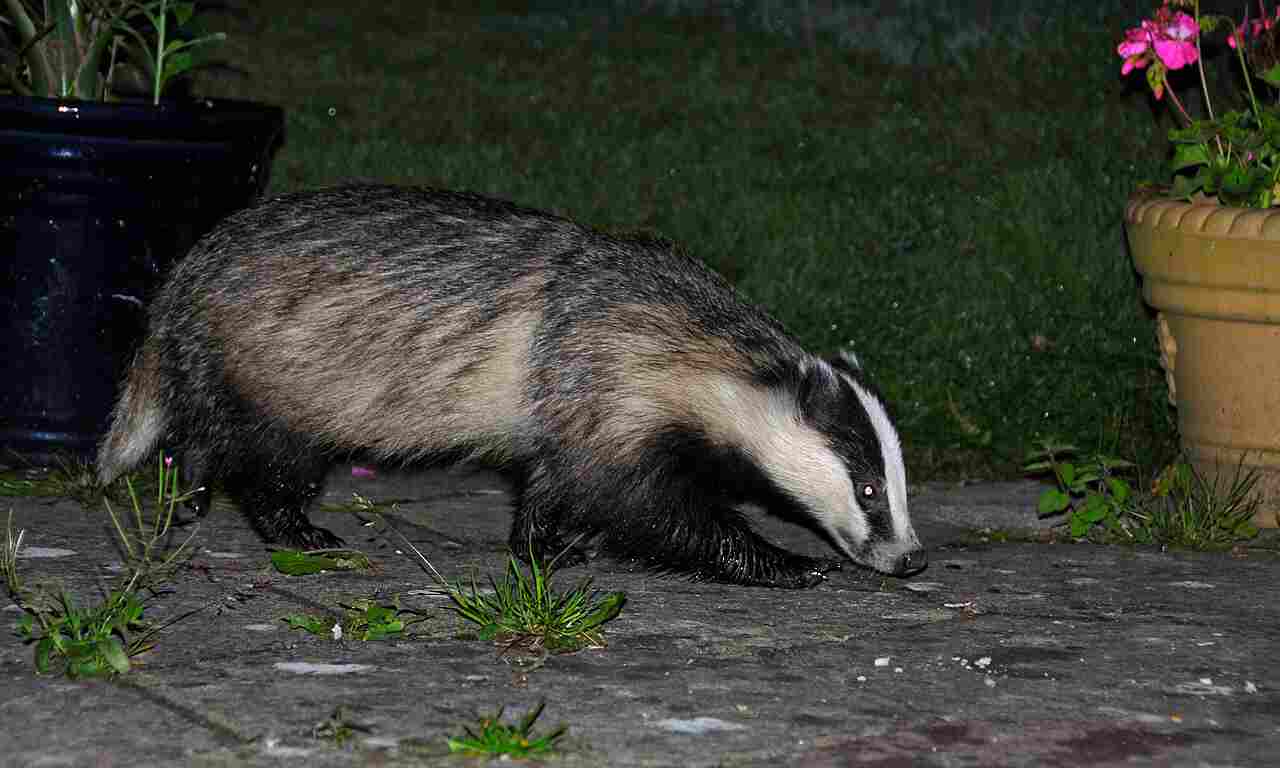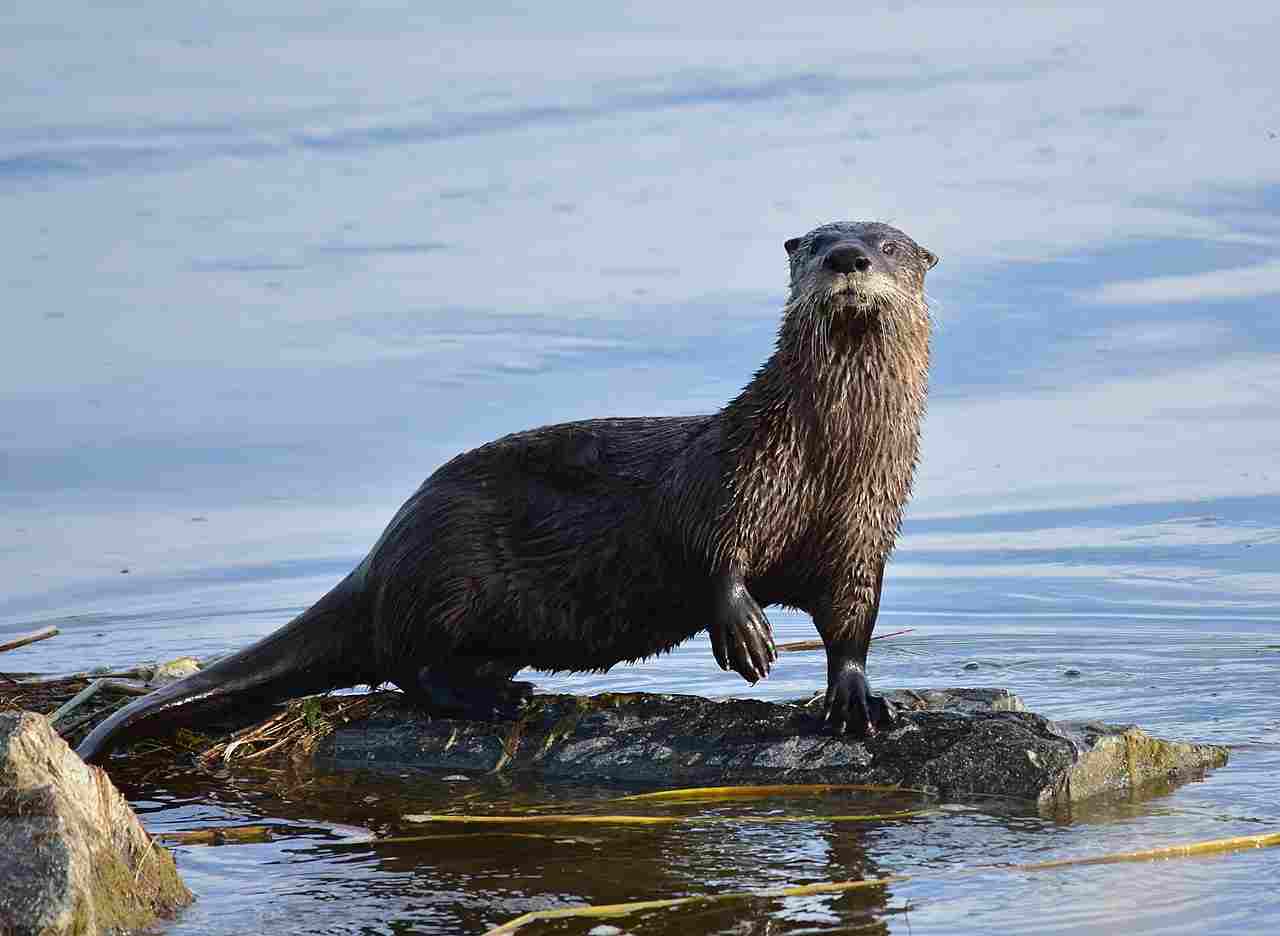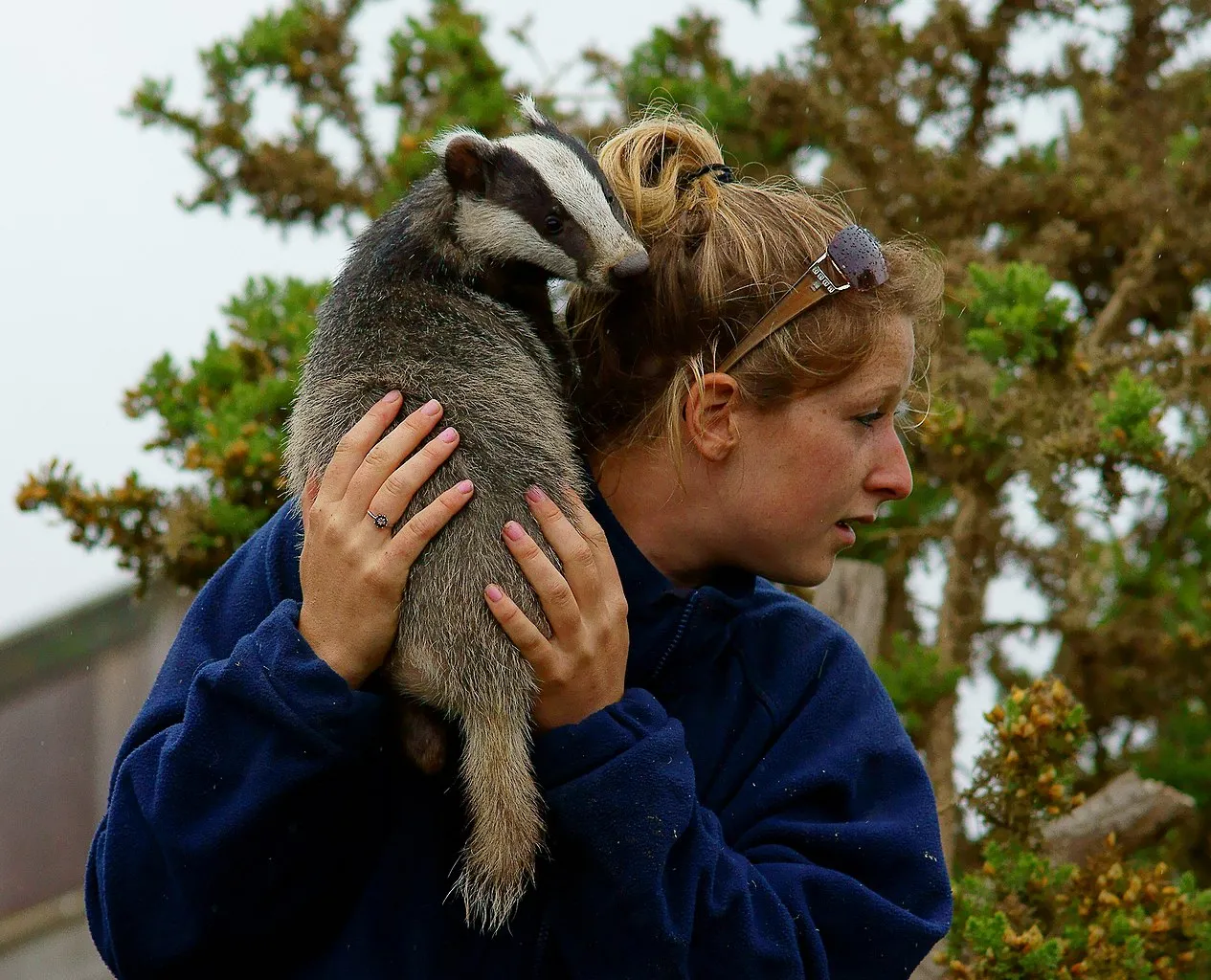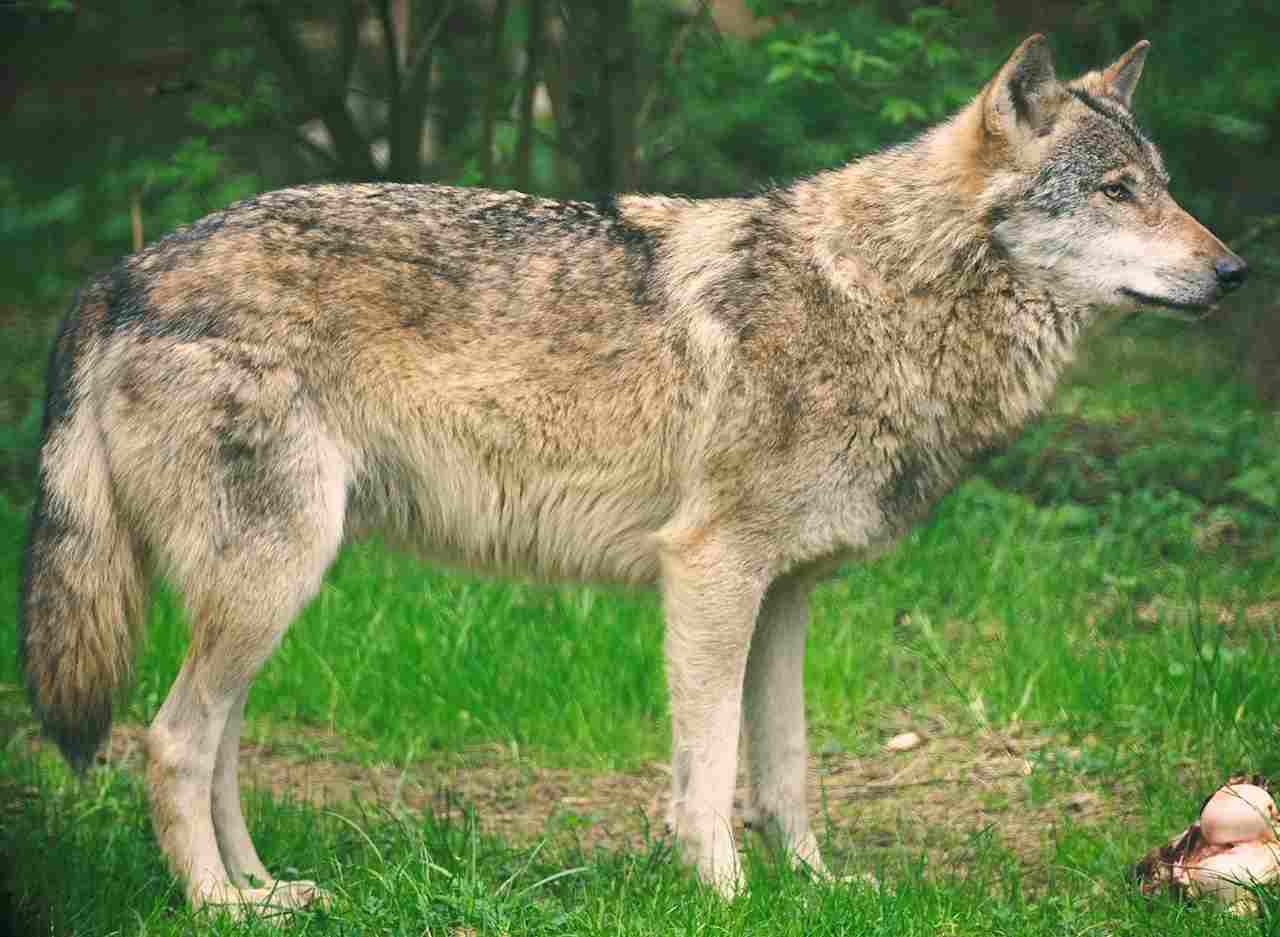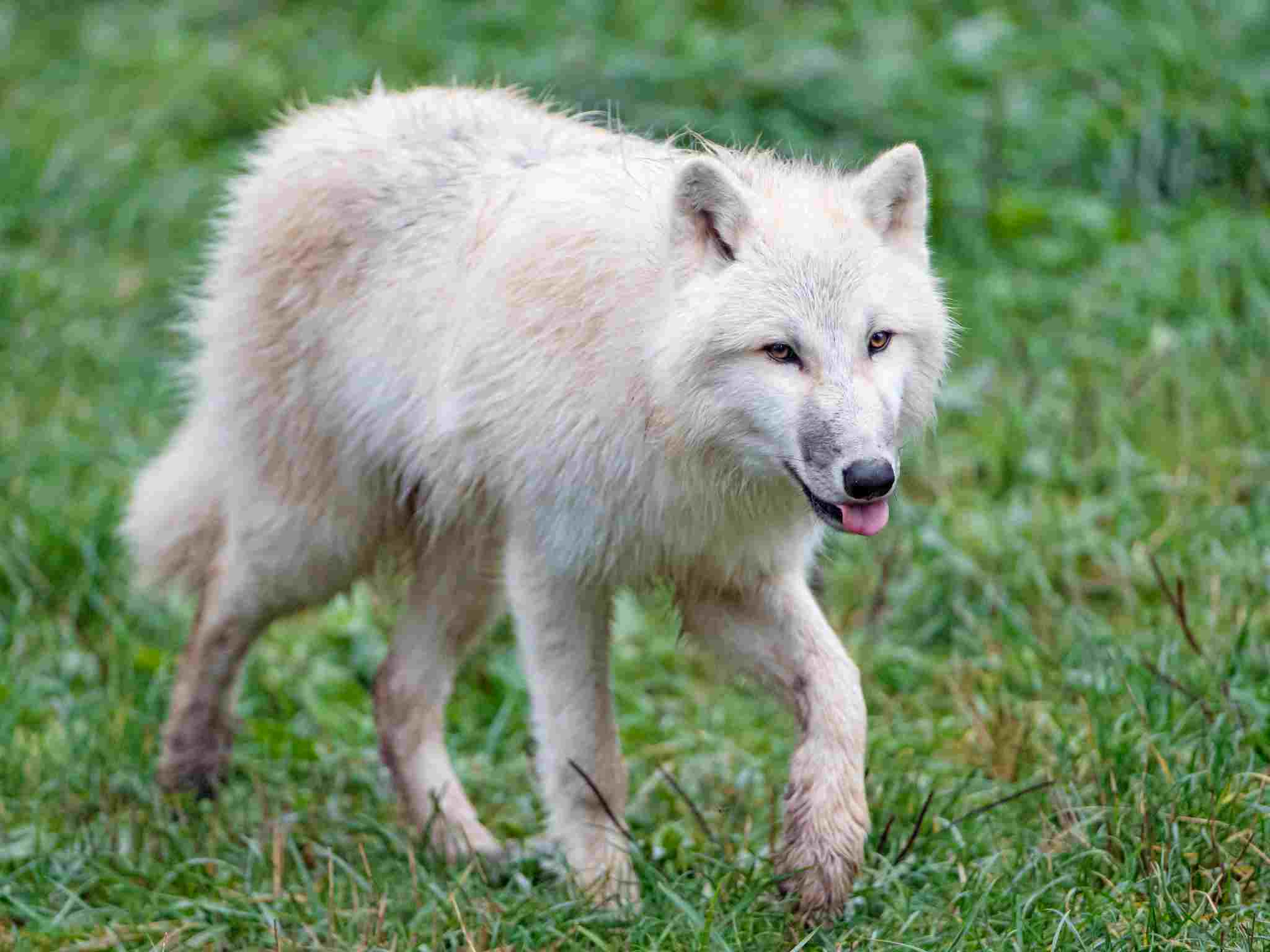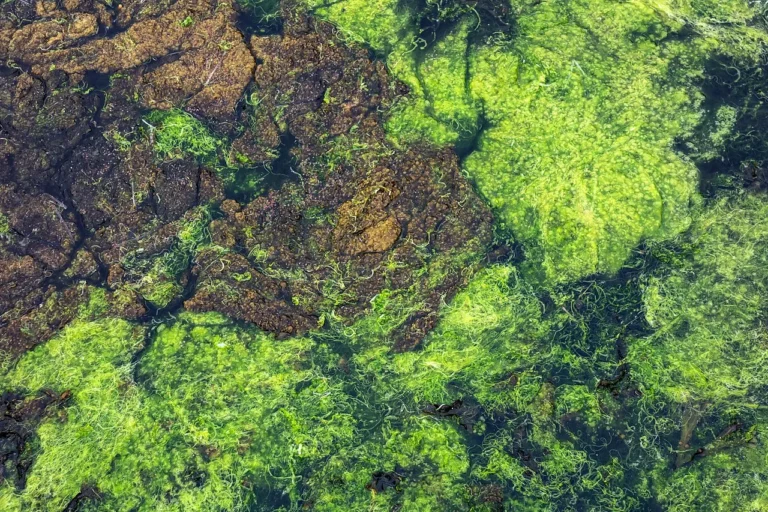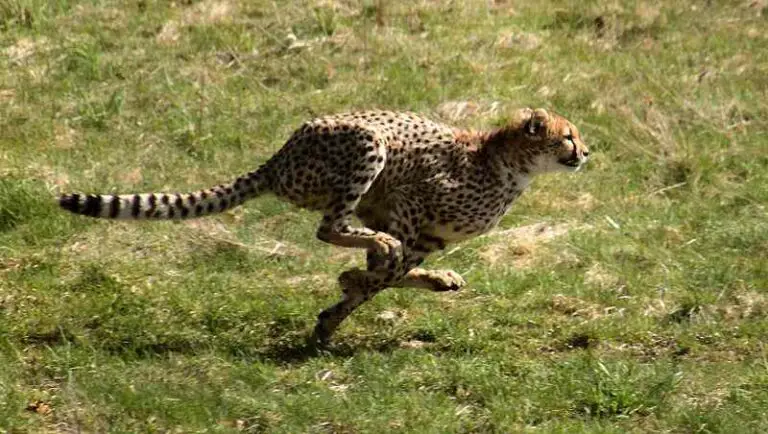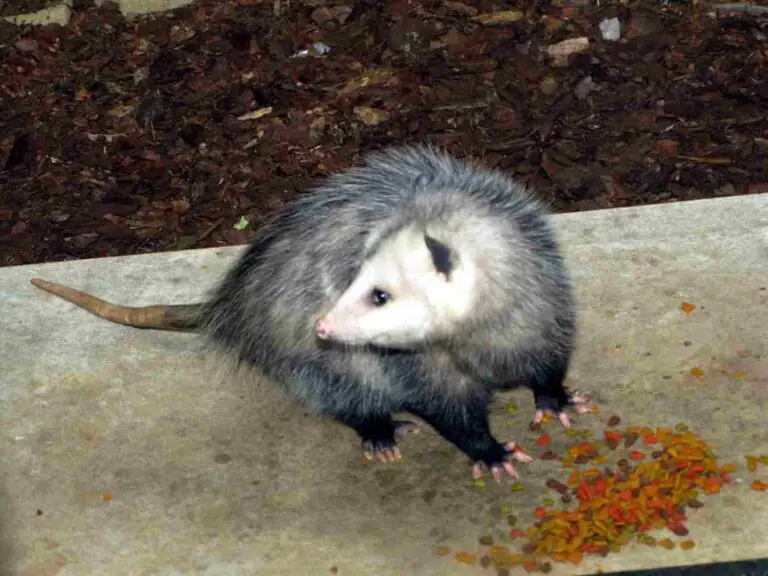11+ Carnivores in Illinois and Their Characteristics
Examples of carnivores in Illinois are bobcats, weasels, badgers, and wolves. These carnivores play crucial roles in controlling rodent populations, maintaining ecological balance, and contributing to the overall health of Illinois ecosystems. While some, like the bobcat, have seen resurgence in sightings, others, such as wolves, require concerted conservation efforts for potential reintroduction. Understanding their behaviors and habitat needs is essential for promoting coexistence and ensuring the preservation of these carnivores in Illinois.
1. Bobcat
Bobcats (Lynx rufus) are elusive and solitary carnivores found in Illinois, typically inhabiting forests, swamps, and brushy areas. They are known for their distinctive tufted ears, short bobbed tail, and spotted coat, which provides excellent camouflage in their natural habitat. In Illinois, bobcats play a crucial role in controlling rodent populations, helping to maintain ecological balance.
These agile predators primarily hunt small mammals such as rabbits, squirrels, and mice, but they are also known to prey on birds, reptiles, and occasionally even larger animals like deer. Bobcats are opportunistic hunters, using their keen senses of sight and hearing to ambush prey with stealth and precision.
Despite their solitary nature, bobcats have large home ranges, with males occupying territories of up to 25 square miles and females having smaller territories of around 5 to 10 square miles. They are mainly active during dawn and dusk, employing their excellent nocturnal vision to hunt effectively under the cover of darkness.
In recent years, sightings of bobcats in Illinois have increased, indicating a possible resurgence in their population after facing habitat loss and persecution in the past. Conservation efforts and habitat preservation are crucial for ensuring the continued presence of these iconic carnivores in the state’s ecosystem.
2. Weasel
Weasels, including species like the short-tailed weasel (Mustela erminea), long-tailed weasel (Mustela frenata), and least weasel (Mustela nivalis), are small carnivores known for their slender bodies and quick, agile movements. In Illinois, the long-tailed weasel is the most common species, often found in grasslands, woodlands, and agricultural areas.
These voracious predators primarily feed on small mammals such as mice, voles, and rabbits, but they are also known to consume birds, eggs, and insects. Weasels are skilled hunters, capable of squeezing into tight spaces and pursuing prey through burrows and tunnels with remarkable agility.
Due to their high metabolic rate, weasels have a constant need for food and may kill more prey than they can immediately consume, storing the excess as a food cache for later consumption. Their presence in the ecosystem helps control rodent populations, reducing the impact of pests on agricultural crops and native vegetation.
3. Badger
Badgers (Taxidea taxus) are robust carnivores known for their distinctive appearance, with stocky bodies, powerful claws, and characteristic facial markings. In Illinois, badgers inhabit a variety of habitats, including grasslands, prairies, and agricultural fields, where they dig extensive burrow systems known as setts.
These solitary animals are primarily nocturnal hunters, preying on small mammals such as ground squirrels, rabbits, and rodents. Their powerful digging abilities allow them to excavate burrows and tunnels with ease, providing shelter and access to prey.
Despite their somewhat docile appearance, badgers are formidable predators with sharp teeth and strong jaws. When threatened, they can defend themselves fiercely, using their claws and aggressive behavior to deter potential predators.
In Illinois, badgers play a vital role in ecosystem dynamics, helping control rodent populations and aerating soil through their digging activities. However, habitat loss and fragmentation pose significant threats to their populations, emphasizing the importance of conservation efforts to protect their natural habitats.
4. Wolf
Wolves (Canis lupus) once roamed much of Illinois, but due to habitat loss and persecution, they were extirpated from the state by the early 20th century. However, there have been occasional reports of wolf sightings in recent years, indicating the potential for natural recolonization from neighboring states.
As apex predators, wolves play a crucial role in maintaining the balance of ecosystems by controlling populations of prey species such as deer, elk, and smaller mammals. Their presence can have cascading effects on vegetation, scavenger populations, and even stream ecosystems.
In Illinois, the return of wolves would signify a significant ecological restoration effort, but it also presents challenges in terms of human-wildlife conflict and managing livestock predation. Conservation efforts focused on habitat restoration and coexistence strategies may facilitate the gradual return of wolves to the state’s landscape, contributing to the biodiversity and ecological resilience of Illinois ecosystems.
5. Mountain Lion
Mountain lions, also known as cougars or pumas (Puma concolor), were historically native to Illinois, but they were extirpated from the state by the late 19th century due to habitat loss and hunting pressures. However, there have been sporadic sightings and reports of mountain lions in Illinois in recent years, likely individuals dispersing from western populations.
These large carnivores are solitary and elusive, typically inhabiting forests, mountains, and grasslands. Mountain lions are apex predators, capable of taking down prey much larger than themselves, including deer, elk, and occasionally livestock.
The potential return of mountain lions to Illinois raises questions about habitat suitability, human-wildlife conflict, and conservation management. While their presence could help control deer populations and restore ecological balance, it also necessitates efforts to ensure coexistence with human communities and mitigate conflicts through education and proactive management strategies.
6. Spider
While not typically considered carnivores in the traditional sense, spiders are predatory arthropods found throughout Illinois in a wide range of habitats, from forests to urban areas. There are numerous species of spiders in Illinois, including wolf spiders, orb-weavers, jumping spiders, and cellar spiders, each with its own hunting strategies and prey preferences.
Spiders use silk to construct webs for trapping prey or to create draglines for mobility and safety. They are efficient hunters, using venom to immobilize their prey before consuming it. Spiders play a vital role in controlling insect populations, serving as natural pest controllers in agricultural and residential environments.
Despite their beneficial ecological role, spiders often face misconceptions and fear from humans. Education about their importance in ecosystems and their relatively low risk to humans can help foster appreciation and coexistence with these fascinating arachnids in Illinois.
7. Garter Snake
Garter snakes (Thamnophis sirtalis) are among the most common and widespread snakes in Illinois, inhabiting a variety of habitats, including forests, grasslands, wetlands, and suburban areas. These non-venomous snakes are known for their distinctive striped patterns and docile nature.
As carnivorous reptiles, garter snakes primarily feed on small prey such as earthworms, amphibians, fish, and occasionally rodents. They are active hunters, using their keen sense of smell and sight to locate and capture prey both on land and in water.
Garter snakes play a vital role in controlling populations of pests such as slugs and insects, making them valuable allies in agricultural and garden ecosystems. Despite their beneficial role, garter snakes are sometimes persecuted due to misunderstandings and fear, highlighting the importance of education and conservation efforts to promote their protection and coexistence with humans.
8. Copperhead Snake
Copperhead snakes (Agkistrodon contortrix) are venomous pit vipers found in parts of southern Illinois, particularly in wooded areas, rocky outcrops, and along streams. They are characterized by their distinctive copper-colored heads and hourglass-shaped markings along their bodies.
As ambush predators, copperheads rely on their excellent camouflage to blend into their surroundings and ambush prey. Their diet primarily consists of small mammals, amphibians, and insects. Despite their venomous bite, copperheads are generally shy and non-aggressive snakes, preferring to avoid confrontation with humans.
While copperheads play a role in controlling rodent populations and maintaining ecosystem balance, encounters with humans can sometimes lead to snakebite incidents. Awareness of their habitat preferences and behaviors can help reduce the risk of conflicts and promote coexistence between copperheads and human communities.
9. Cottonmouth
Cottonmouths, also known as water moccasins (Agkistrodon piscivorus), are venomous pit vipers found in the southernmost regions of Illinois, particularly in wetland habitats such as swamps, marshes, and along rivers. They are named for the distinctive white lining of their mouths, which they display when threatened.
These semi-aquatic snakes are excellent swimmers and often hunt for prey such as fish, amphibians, and small mammals near water bodies. Despite their venomous bite, cottonmouths are typically docile and prefer to retreat rather than confront humans.
Encounters between cottonmouths and humans are relatively rare, as these snakes tend to avoid heavily populated areas. However, their presence in wetland ecosystems underscores the importance of preserving and protecting these habitats for the conservation of biodiversity and ecological balance.
10. Black Rat Snake
Black rat snakes (Pantherophis obsoletus) are large non-venomous constrictor snakes found throughout Illinois in a variety of habitats, including forests, fields, and suburban areas. They are beneficial predators, known for their role in controlling rodent populations.
These snakes are proficient climbers and often seek refuge in trees and shrubs, where they hunt for prey such as mice, rats, birds, and their eggs. Despite their intimidating size, black rat snakes are generally harmless to humans and are known for their docile temperament when encountered.
Black rat snakes face threats from habitat loss, road mortality, and persecution due to fear and misunderstanding. Conservation efforts aimed at preserving their habitats and promoting coexistence with humans are essential for ensuring the continued survival of these important predators in Illinois ecosystems.
11. Broad-Headed Skink
Broad-headed skinks (Plestiodon laticeps) are large, colorful lizards found in Illinois, primarily inhabiting forested areas with abundant vegetation and leaf litter. They are characterized by their broad heads and robust bodies, with males displaying vibrant orange-red coloration during the breeding season.
As carnivorous reptiles, broad-headed skinks feed on a variety of prey, including insects, spiders, small mammals, and other lizards. They are skilled hunters, using their keen senses and agile movements to capture prey both on the ground and in trees.
Broad-headed skinks play an important role in ecosystem dynamics, serving as both predator and prey within Illinois habitats. Their presence contributes to biodiversity and helps regulate populations of insects and small vertebrates.
Conservation efforts aimed at preserving forest habitats and minimizing habitat fragmentation are crucial for ensuring the continued survival of broad-headed skinks in Illinois. Additionally, public education and awareness about the importance of these reptiles in ecosystems can help foster appreciation and support for their conservation.
12. Mississippi Kite
Mississippi kites (Ictinia mississippiensis) are graceful raptors found in Illinois during the breeding season, typically from April to August. They prefer open woodlands, river corridors, and suburban areas with ample tree cover for nesting and hunting.
These medium-sized birds of prey primarily feed on insects, including grasshoppers, cicadas, and dragonflies, which they catch in flight using their agile aerial maneuvers. Mississippi kites are known for their distinctive calls and acrobatic flight displays during courtship.
As predators of insects and small vertebrates, Mississippi kites play a valuable role in controlling pest populations and maintaining ecological balance in Illinois ecosystems. Conservation efforts focused on preserving nesting habitat and minimizing disturbances during the breeding season are essential for supporting their populations.
13. Sharp-Shinned Hawk
Sharp-shinned hawks (Accipiter striatus) are small but agile raptors found in Illinois year-round, with populations increasing during migration seasons. They inhabit a variety of habitats, including forests, woodlots, and suburban areas, where they hunt for small birds and mammals.
These swift hunters have short, rounded wings and long tails, allowing them to navigate through dense vegetation and execute precise aerial maneuvers while pursuing prey. Sharp-shinned hawks are known for their stealthy hunting tactics, often surprising their prey with sudden bursts of speed.
As apex predators, sharp-shinned hawks help regulate populations of songbirds and small mammals, contributing to the overall health and balance of Illinois ecosystems. Conservation efforts aimed at preserving habitat connectivity and reducing threats such as habitat loss and pesticide use are crucial for supporting populations of these iconic raptors in the state.
*Summary
-
Bobcat
-
Solitary carnivores, inhabit forests, swamps, and brushy areas.
-
Hunt small mammals, birds, and reptiles.
-
Nocturnal hunters with large home ranges.
-
-
Weasel
-
Small, agile carnivores found in grasslands and woodlands.
-
Feed on small mammals, birds, and insects.
-
Store excess prey as food caches.
-
-
Badger
-
Robust carnivores known for digging extensive burrow systems.
-
Nocturnal hunters feeding on small mammals.
-
Vital for controlling rodent populations and soil aeration.
-
-
Wolf
-
Historically present, but extirpated from Illinois.
-
Apex predators controlling deer and smaller mammal populations.
-
Potential return requires habitat restoration and coexistence strategies.
-
-
Mountain Lion
-
Once native but extirpated, sporadic sightings reported.
-
Apex predators preying on deer and elk.
-
Ecological restoration potential, requires habitat suitability and coexistence efforts.
-
-
Spider
-
Predatory arthropods with diverse species found in various habitats.
-
Control insect populations as natural pest controllers.
-
Education crucial for fostering coexistence with humans.
-
-
Garter Snake
-
Common non-venomous snakes found in diverse habitats.
-
Feed on small prey, including amphibians and fish.
-
Valuable for controlling pest populations.
-
-
Copperhead Snake
-
Venomous pit vipers found in southern Illinois.
-
Ambush predators feeding on small mammals and amphibians.
-
Awareness needed to reduce human-snake conflicts.
-
-
Cottonmouth
-
Venomous pit vipers found in wetland habitats.
-
Feed on fish, amphibians, and small mammals.
-
Conservation of wetland ecosystems crucial for their preservation.
-
-
Black Rat Snake
-
Non-venomous constrictors found in various habitats.
-
Control rodent populations as beneficial predators.
-
Conservation efforts required to mitigate threats and promote coexistence.
-
-
Broad-Headed Skink
-
Large, colorful lizards inhabiting forested areas.
-
Feed on insects, spiders, and small mammals.
-
Preservation of forest habitats essential for their survival.
-
-
Mississippi Kite
-
Graceful raptors nesting in open woodlands and suburban areas.
-
Feed on insects, contributing to pest control.
-
Nesting habitat preservation crucial for supporting populations.
-
-
Sharp-Shinned Hawk
-
Small but agile raptors found year-round.
-
Feed on small birds and mammals.
-
Conservation efforts needed to preserve habitat connectivity and reduce threats.
-
| Carnivores | Summary |
| Bobcat |
Solitary carnivores, inhabit forests, swamps, and brushy areas. Hunt small mammals, birds, and reptiles. Nocturnal hunters with large home ranges.
|
| Weasel |
Small, agile carnivores found in grasslands and woodlands. Feed on small mammals, birds, and insects. Store excess prey as food caches.
|
| Badger |
Robust carnivores known for digging extensive burrow systems. Nocturnal hunters feeding on small mammals. Vital for controlling rodent populations and soil aeration.
|
| Wolf |
Historically present, but extirpated from Illinois. Apex predators controlling deer and smaller mammal populations. Potential return requires habitat restoration and coexistence strategies.
|
| Mountain Lion |
Once native but extirpated, sporadic sightings reported. Apex predators preying on deer and elk. Ecological restoration potential, requires habitat suitability and coexistence efforts.
|
| Spider |
Predatory arthropods with diverse species found in various habitats. Control insect populations as natural pest controllers. Education crucial for fostering coexistence with humans.
|
| Garter Snake |
Common non-venomous snakes found in diverse habitats. Feed on small prey, including amphibians and fish. Valuable for controlling pest populations.
|
| Copperhead Snake |
Venomous pit vipers found in southern Illinois. Ambush predators feeding on small mammals and amphibians. Awareness needed to reduce human-snake conflicts.
|
| Cottonmouth |
Venomous pit vipers found in wetland habitats. Feed on fish, amphibians, and small mammals. Conservation of wetland ecosystems crucial for their preservation.
|
| Black Rat Snake |
Non-venomous constrictors found in various habitats. Control rodent populations as beneficial predators. Conservation efforts required to mitigate threats and promote coexistence.
|
| Broad-Headed Skink |
Large, colorful lizards inhabiting forested areas. Feed on insects, spiders, and small mammals. Preservation of forest habitats essential for their survival.
|
| Mississippi Kite |
Graceful raptors nesting in open woodlands and suburban areas. Feed on insects, contributing to pest control. Nesting habitat preservation crucial for supporting populations.
|
| Sharp-Shinned Hawk |
Small but agile raptors found year-round. Feed on small birds and mammals. Conservation efforts needed to preserve habitat connectivity and reduce threats.
|
Related FAQs
Q: Are bobcats dangerous to humans?
A: Bobcats are generally not considered a significant threat to humans. They are shy and elusive animals that typically avoid human interaction. However, like any wild animal, they may act defensively if they feel threatened or cornered. It’s important for people to give bobcats space and avoid approaching or attempting to feed them.
Q: What should I do if I encounter a venomous snake like a copperhead or cottonmouth in Illinois?
A: If you encounter a venomous snake in Illinois, such as a copperhead or cottonmouth, it’s essential to remain calm and give the snake plenty of space. Back away slowly and avoid making sudden movements. Do not attempt to handle or interact with the snake, as this increases the risk of being bitten. If you are bitten by a venomous snake, seek medical attention immediately.
Q: How can I differentiate between a venomous and non-venomous snake in Illinois?
A: In Illinois, it’s important to be able to distinguish between venomous and non-venomous snakes. Venomous snakes, such as copperheads and cottonmouths, typically have triangular-shaped heads, vertical pupils, and heat-sensing pits between their eyes and nostrils. Non-venomous snakes, such as black rat snakes and garter snakes, usually have slender heads, round pupils, and lack heat-sensing pits. However, it’s always best to err on the side of caution and avoid handling any snake unless you are certain of its identification.
Q: How can I attract beneficial predators like black rat snakes to my property for pest control?
A: To attract beneficial predators like black rat snakes to your property in Illinois for pest control, you can create a habitat that provides suitable shelter and food sources. This includes maintaining areas of dense vegetation, providing rock piles or brush piles for shelter, and avoiding the use of pesticides that may harm the snake’s prey. Additionally, providing water sources such as birdbaths or small ponds can attract prey species, which in turn may attract black rat snakes.
